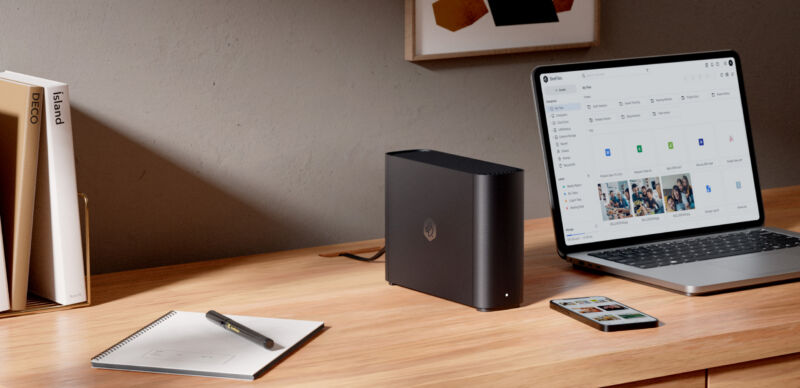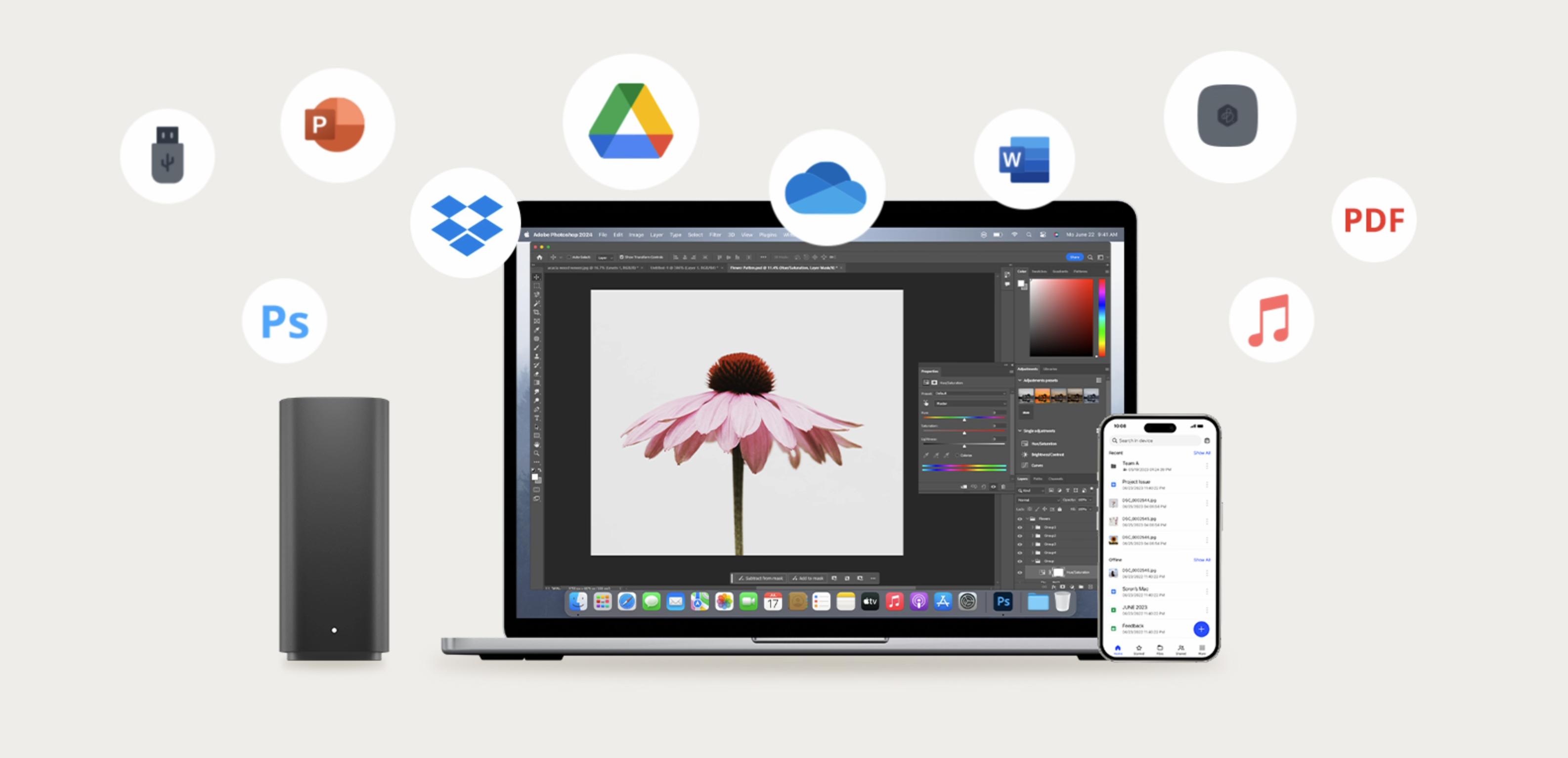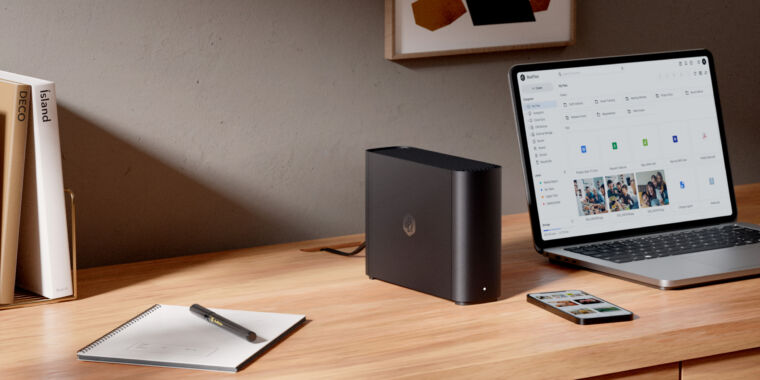
Synology
Dropbox is not a backup. A portable hard drive is not a backup. Real backup, I’ve been told by experienced people, starts with the 3-2-1 rule: three copies, two types of storage (or devices), and one copy is offsite.
And yet, my data backup system remains precarious. I’ve tried many schemes, ranging from “pay for Google Drive space and just dump it all there” to “multi-platform rsync/crontab-based headless system that I’m trying to build with help from StackExchange.” I’m not trying to be the person in an informercial who insists that there must be a better way, but when it comes to backing up music, photos, cloud-based email and files, settings, and more, I am indeed that person. There has there must be a better way, and it can't just be about the hard job of installing a Synology NAS?
Well, what if Synology itself knew that not everyone is ready to become a self-employed, single-client junior sysadmin? That’s how I feel about the BeeStation ($220 at the time of writing). It’s just enough backup to be far better than most people consider a backup (praying a giant corporation never loses or shuts down their account), but it’s still just one device. It could also create a pretty smooth ascent to full-fledged NAS if this little taste of self-driven storage fuels your ambitions.
Synology’s main pitch is that you can use BeeStation on “Your Personal Cloud Journey,” with machine-learning object and facial recognition sorting for photos and synced, version-controlled files to work with. On that level, I’m not all that impressed, though some people will probably like these self-hosted alternatives to Drive, Dropbox, Google Photos, and iCloud more than I do. And they’re certainly a good way to get more out of your backups.
The best feature of the BeeStation is that it automates good backup habits. Within a few weeks of installing it, I had mine and my partner’s Drive and Dropbox accounts synced and backed up regularly; my older music, movies, and other files tucked away; and our photos backed up regularly from our phones. All of this was then backed up weekly to Synology’s cloud servers (for an extra fee), and everything was accessible remotely and on the local network.
-
Front view of the BeeStation; Mario Kart figure for scale. There is no way to turn that front light off, although it does not flash upon access.
Kevin Purdy
-
Back of the BeeStation. The right ports are there for the job, just maybe a little too close together.
Kevin Purdy
-
Side image of the BeeStation. The branding is beautiful, beautifully understated.
Kevin Purdy
Hardware
If you’ve ever had a hard drive that’s in an external enclosure with a power supply, you’ve had something like the BeeStation. It’s a black plastic box, it has one or two cables in it, and it sits there and makes occasional spin-up or access noises.
Not much noise, unless you’re doing a massive backup or using it as an ersatz Dropbox to work on files all day. The BeeStation’s internals are packed with heatsinks, passive cooling systems, and vibration dampeners, and that design work has paid off. Compared to a (non-Synology) dual-HDD NAS system my BeeStation was running next to, the BeeStation was relatively unassuming and serene.
Without having had the device for a full three-year warranty, I can only express how little I noticed this item during a few months in the office. Synology’s bee-themed branding is subtle, with only a quarter-sized logo embossed on each size. There’s a power light on the front to indicate it’s working, and the power connectors are on the back. The USB-A and USB-C ports are right next to each other, so if you’re using a particularly bulky thumb drive or cable head for either one, you may need to invest in adapters or short connection cables.
As for performance, that’s not what this device is all about. The Realtek chip inside it isn’t running Plex, a torrent downloader, or anything like that (and the OS doesn’t support them either). When I gave it my entire 140GB (compressed) Google Photos exports to import into BeePhotos, it took the system a full weekend to decompress them, analyze them, and put them in place. Transferring files from a USB4 drive was about as fast as I could imagine; while I’m sure the 1GB of storage is a bottleneck, it’s only something I do a handful of times a year. As with any backup plan, you only need to sync new and changed files once the bulk is in place.

Synology

